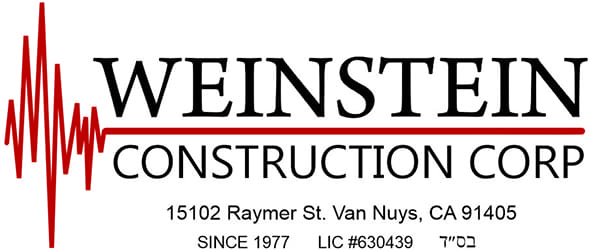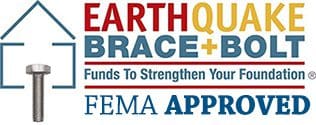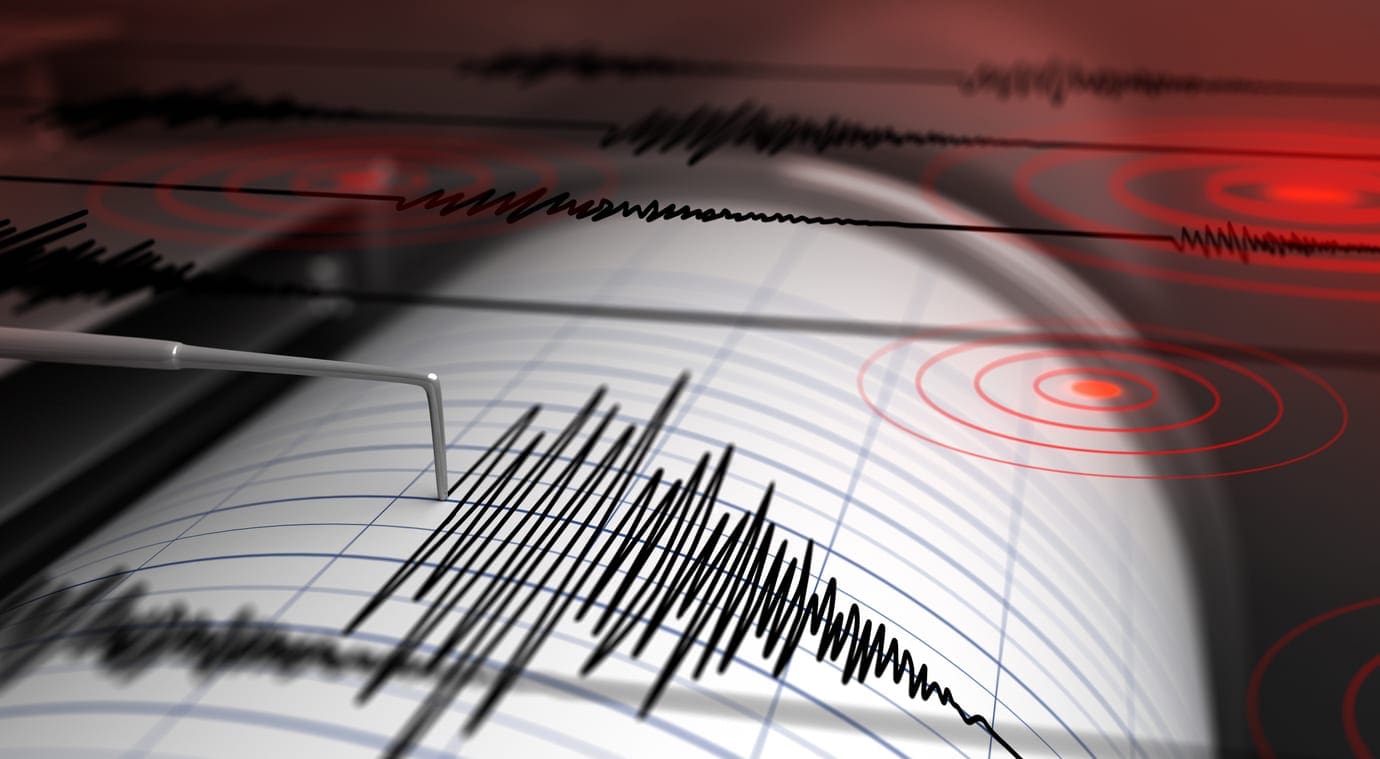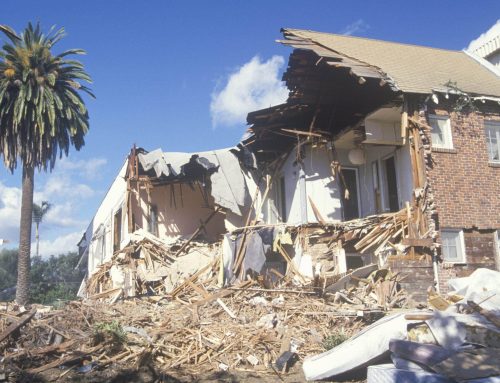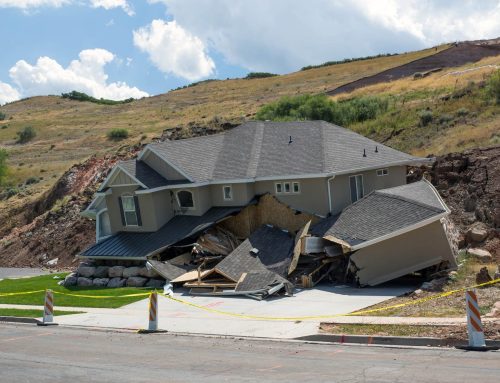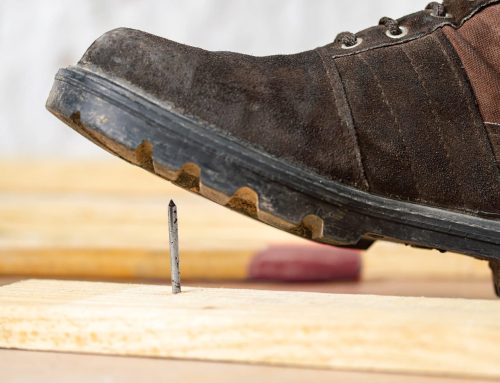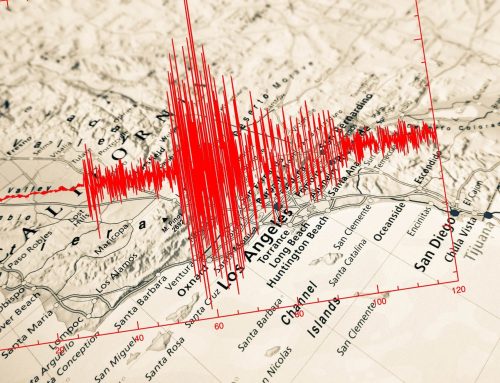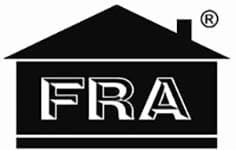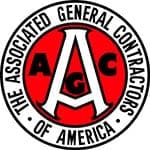If you live in an Earthquake prone area, then your property is in need of earthquake retrofitting. With the correct seismic retrofitting solution, the total loss of your property and valuables can be minimized with a proactive approach.
A basic definition of a seismic retrofitting is the modification of an existing structure to make them more resistant to seismic activity, ground motion or soil failure due to earthquakes.
Residential Seismic Retrofitting
Homes that are built before 1970 are not secured to the foundation, which means in an earthquake they will slide right off. Older homes must show proof that they were seismic retrofitted to purchase earthquake insurance.
A seismic retrofit consists of bringing a home complaint current building code. It requires anchoring the still plate to the foundation to prevent your home from sliding off the foundation.
There are 3 types of Failures
Sliding – This is when the house slides off the foundation.
Racking – Cripple walls buckle and collapse.
Overturning – When the house lifts off the foundation.
When there has been major earthquake home damage a huge chunk of it is from the lack of anchorage.
How Long Will It Take?
On average the time for your home to be retrofit is a week. In cases where there is more work to be done then two weeks may be needed.
Commercial Seismic Retrofitting
Retrofitting is mandatory in big buildings in cities within California. If you own a commercial property, then you must be aware of the importance and legality of earthquake retrofitting.
If your building structure was built before 1991, it is fairly certain that you do not have the correct earthquake protection.
A Soft Story building is a structure that has a weaker first floor and is unable to carry the weight of the stories above during and earthquake. Examples of this are garages, large windows and multifamily apartment complexes.
Soft Story retrofitting is done when a second story is the major structure, like an apartment complex with ground-level parking. Retrofitting includes installing new shear walls and footings, replacing existing support columns, continuity straps, stucco and paint.
How Long Will It Take?
On commercial earthquake retrofitting, it is hard to give a time estimate. There are several factors that will need to be assessed first. The two biggest determinations are the size of the building and the nature of the problem.
A trained earthquake retrofitting specialist will be able to determine the existing strength of your home and will see the vulnerabilities it has. Even if your property has foundation bolts they may be weakened or insufficient bolt connections which will lead to failure in an earthquake. You may need to get additional bolting and bracing done. They will be able to make recommendations and implementation plans so that the damage to your residential or commercial property will be lessened. Most importantly any personal injury to the occupants will also be decreased.
